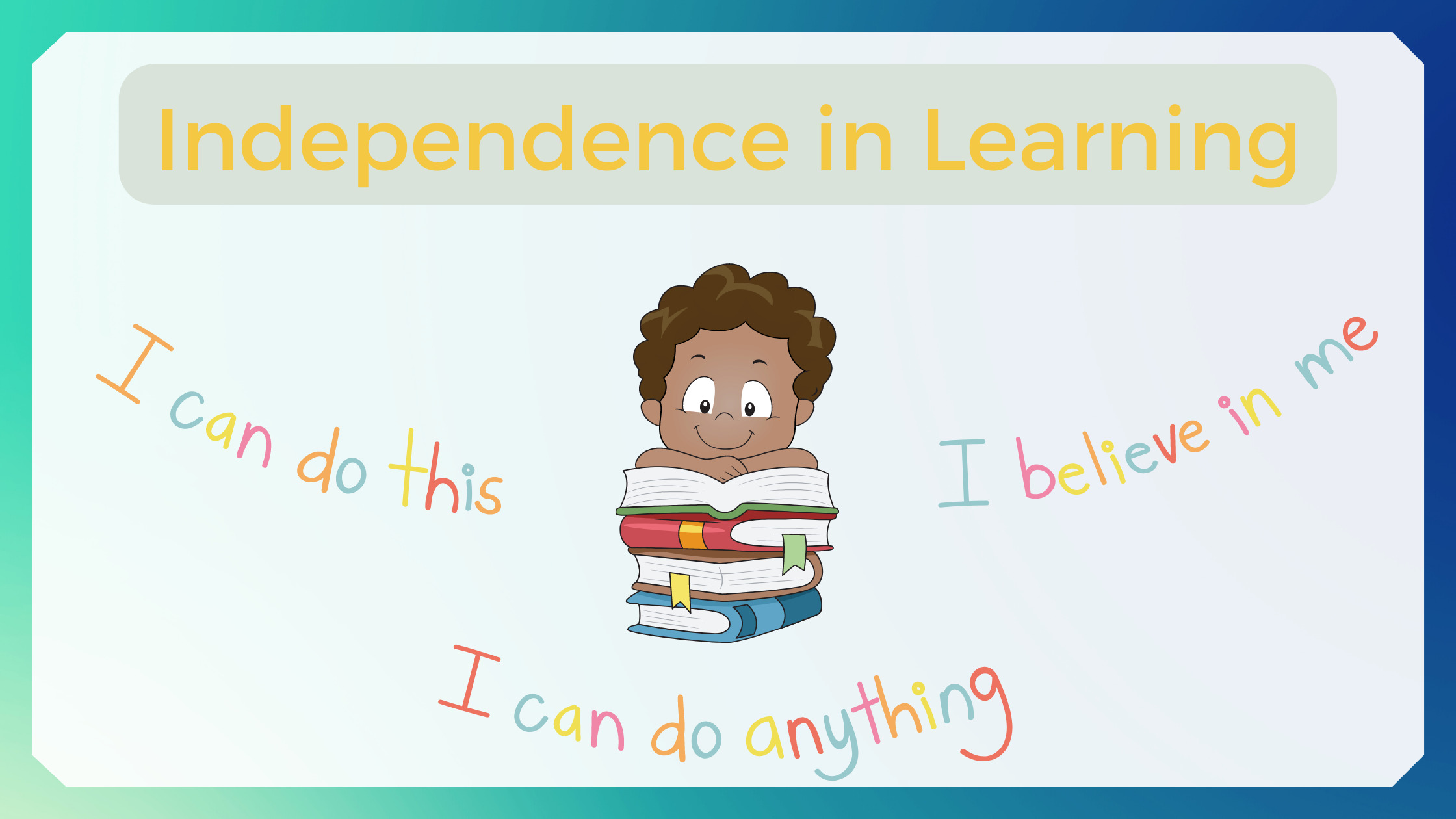By Emily Roman, Dailies Teacher
Have you ever been frustrated watching your child learn? As a parent, the first impulse is to step in and help when you see that your child might be confused or frustrated. That’s what we’re here for, right? To help our kids face any problem that arises? As a teacher in a virtual learning setting, this is a scene that plays out a lot: a student feels frustrated and starts to shut down because a task is overwhelming, so a parent steps in and finishes the task for them. As a parent myself, I constantly have the urge to do the same thing! As a teacher, I want you to know that we are always aware of the frustration and are helping your child feel confident by providing a path to the answer.
Some of the teaching tools I use are:
- Pauses to let students think and answer.
- Demonstration on the board so students can copy.
- Subject changes or brain breaks to allow students to decompress.
- Allowing students to continue on tangents about their excitement.
- Redirecting energy back in to the lesson.
These tools can be uncomfortable for parents to passively observe. As humans, we are not always comfortable with silence (pauses are a great tool for parents too!). In addition, parents see their child’s behavior and actions as a reflection of them. However, that is not the case! Kids are always learning and growing, and it is developmentally appropriate to change activities and take a break to talk about something they like. Teachers do not expect parents to complete their child’s work, and they do not expect students to act like adults! In fact, we love when our students are excited to share their passions with us!
Now the fun part: What can you do to foster student independence?
In class, you can:
- Observe your child using a hands-off approach.
- Allow them to be frustrated and to follow the guided direction from the teacher.
- Don’t expect perfection, and allow your child to be shy some days. Their brain is always working!
- Understand that we love when your child is silly and energetic, and that your child’s teachers are building a relationship with your child too.
Outside of class, you can foster independence by:
- Allowing your child to make reasonable mistakes.
- If they spill water, show them how to clean up, and then allow them to clean!
- Provide a section of season-appropriate clothes at your child’s level and allow them to choose their outfit based on your guidelines (ex. You must choose one shirt and one pair of pants).
- Give your child a shelf in the kitchen and allow them to make their own lunch. You could even draw a picture or make a list of appropriate servings of each type of food.
Independence in learning is a skill that students learn in the classroom, but it can be somewhat of a challenge in a virtual setting. During virtual school, students and caregivers are coexisting in the same space, something that has not become common until recently. This being the case, parents have a front row seat to their child’s education (pretty awesome, right?!), but it also removes some of the autonomy that children are used to in the classroom. It is crucial to foster such independence to help your child continue to learn and grow. It is also important to understand that you are an expert on your child! You know when your child may need extra support or if they are crossing over from frustrated to inconsolable. If you feel that something is not working, work with your child and their teacher to find a solution where you are still fostering independence in a supportive environment!






